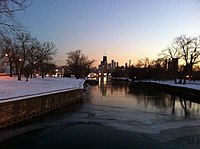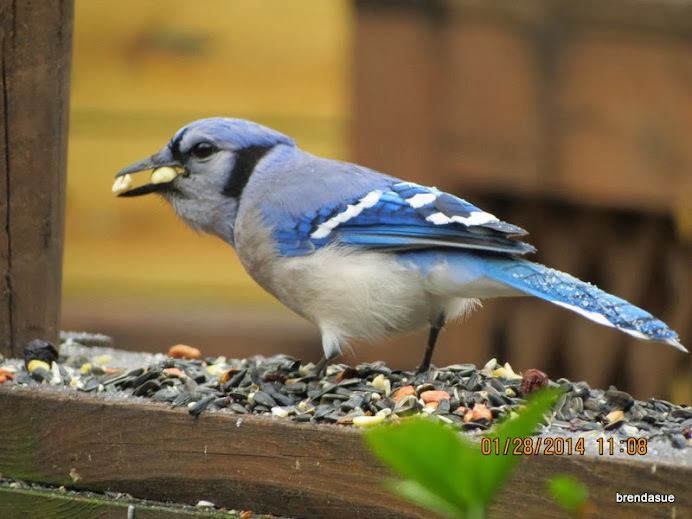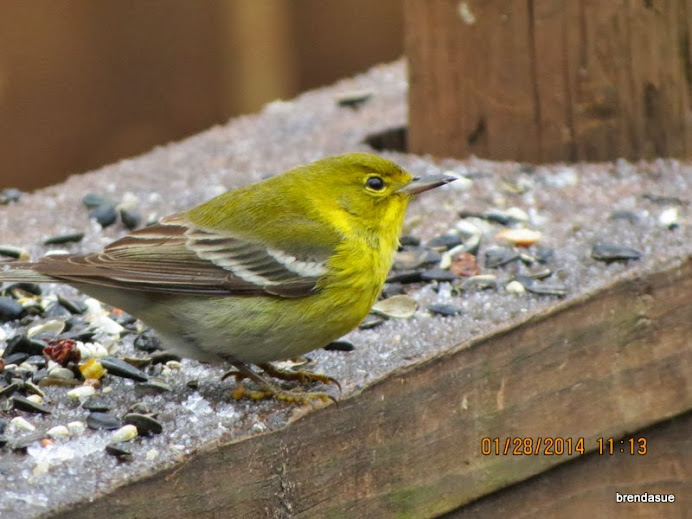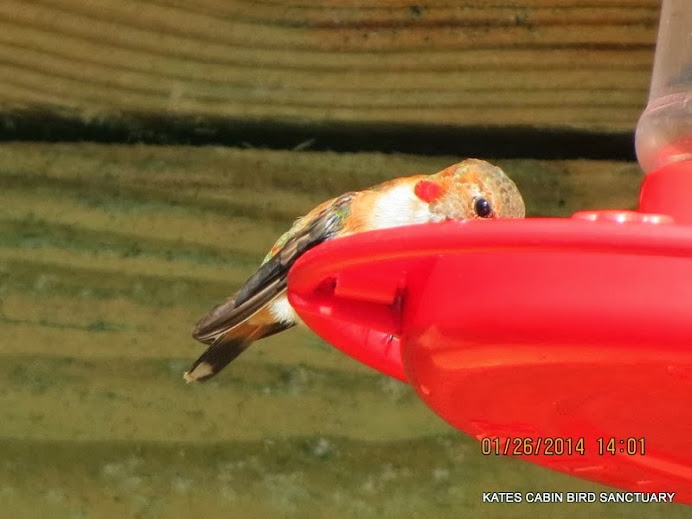
Hi Everybody!
Wow, what a great day as the cold slipped away this afternoon into the cracks of the clouds. I finally got to turn my heater off and open the windows. I am quite sure the energy companies are seeing these Polar Vortexes from a different point of view than the people stranded on the ground. Texas was very prepared and I am thankful we missed the mass of the storm system. I was so happy to see the Blue Skies and Sunshine. The buzzards celebrated with a wild buzzard rodeo over my head as you will see in the photos below. The tree skeletons are very noticeable with the leaves gone. I snapped my favorite tree trunk of the toothache tree by coon bridge. Enjoy!





Wild Buzzard Rodeo to celebrate the exit of the cold!



Link to photostudy in G+ Albums:
https://plus.google.com/u/0/photos/117645114459863049265/albums/5974837961972996817

This one is a Black Vulture (shorter body than the Texas Turkeys)
| Black Vulture | |
|---|---|
 | |
| Coragyps atratus brasiliensis in Panama | |
| Conservation status | |
| Scientific classification | |
| Kingdom: | Animalia |
| Phylum: | Chordata |
| Class: | Aves |
| Order: | Incertae sedis (disputed) |
| Family: | Cathartidae |
| Genus: | Coragyps Le Maout, 1853 |
| Species: | C. atratus |



The next photo is from the same place as the cloudy one above. I took the one below yesterday when the sun came out What a difference Blue Sky and Sunshine make in my photos!

2 cabins

3rd cabin: This is Kates Cabin in the sun again
This is a toothache tree by Coon Bridge

https://en.wikipedia.org/wiki/Zanthoxylum_clava-herculis
Zanthoxylum clava-herculis
From Wikipedia, the free encyclopedia
| Zanthoxylum clava-herculis | |
|---|---|
 | |
| Xanthophyllum clava-herculis (Hercules' Club) | |
| Scientific classification | |
| Kingdom: | Plantae |
| (unranked): | Angiosperms |
| (unranked): | Eudicots |
| (unranked): | Rosids |
| Order: | Sapindales |
| Family: | Rutaceae |
| Genus: | Zanthoxylum |
| Species: | Z. clava-herculis |
Along with the related Zanthoxylum americanum, it is sometimes called "toothache tree"[2][3] or "tingle tongue" because of the numbness of the mouth, teeth, and tongue induced by chewing on its leaves or bark (thus relieving toothache). It was used for such medicinal purposes by both Native Americans and early settlers.[4]
The tree has a rounded crown and requires plentiful water and sunlight. Its leaves are browsed by deer and its fruit is eaten by birds. The fruit passes through birds, which helps the seeds to germinate.[4] The new trees tend to sprout below the favorite resting places of the birds, along fence rows and the edge of woods.[5] It is known to be host to a number of insect species, including the Giant Swallowtail(Papilio cresphontes) and the leaf beetleDerospidea brevicollis


Link to photostudy in G+ Albums:
https://plus.google.com/u/0/photos/117645114459863049265/albums/5974462758966513185
Yesterday:

Northern Cardinal Male



Goldfinch

...this is brendasue signing off from Rainbow Creek. See You next time!

O+O
PS Thank You Google Auto Backup for the Snow and clips!






































